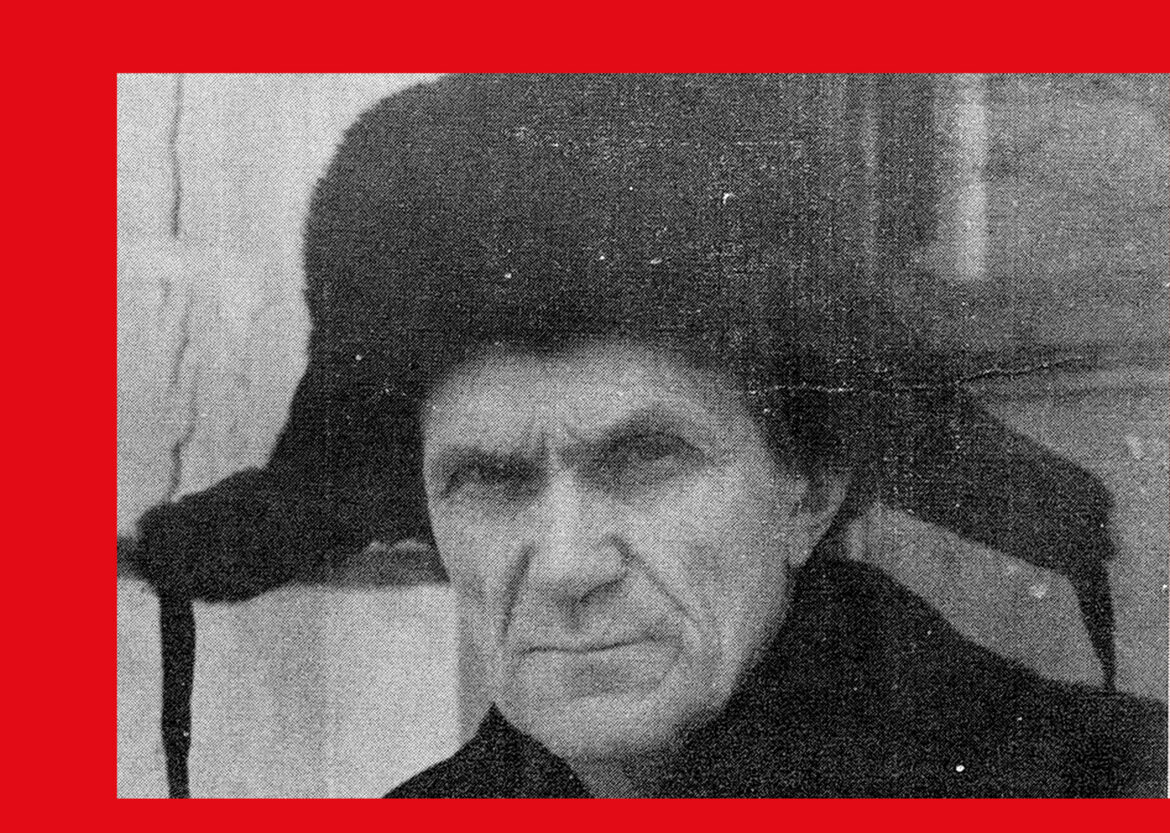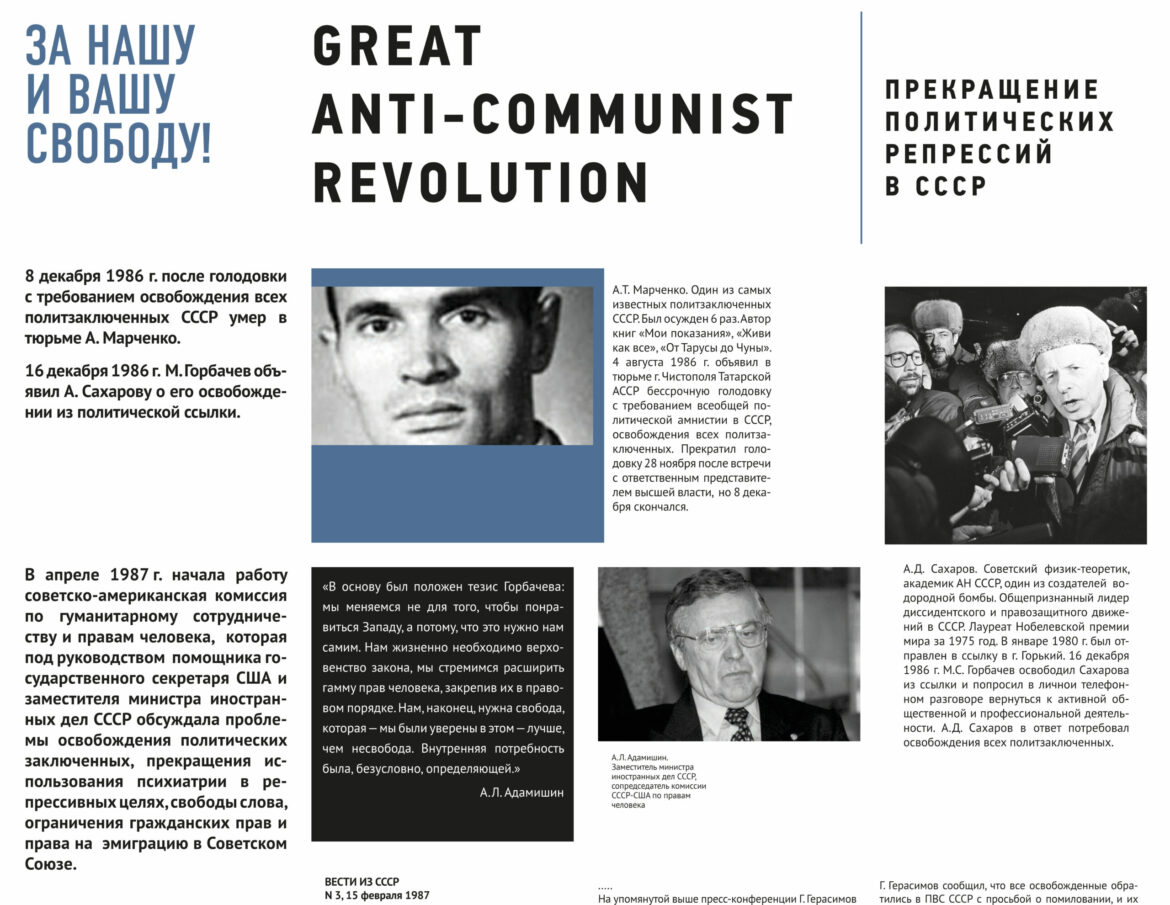Varlam Shalamov, a writer, the author of the worldwide-known ‘Kolyma Tales’ was twice imprisoned in GULAG. The ‘‘Don’t believe, don’t fear, don’t ask…’ GULAG and its Virgil’ exhibition is dedicated to the writer’s camp experience and accounts.
Shalamov was arrested for the first time in 1929 and sent to Vishera Special Camp, VISHLON, GULAG, the Chief Administration of Camps came into being. VISHLON was the country’s first labor camp which built factories: Vishera Pulp-and-Paper Mill and Berezniki Chemical Plant. Shalamov started his term as an ordinary con but finished it as a staff worker at one of the divisions of the camp department, and witnessed the birth of GULAG, the special-to-correctional camp conversion, and the beginning of prisoner super-exploitation.
Shalamov’s second arrest occurred in 1937, just before the Great Terror, and was sent to Kolyma, to GULAG’s most horrible enclave. Shalamov thrice came to be on his last legs while mining and survived by a miracle, he witnessed GULAG evolve from correctional camps to ‘destructional’ ones where prisoners were super-exploited beyond all limits and dehumanized.
High-resolution design layouts of the booth-type exhibition versions in Russian and in English can be downloaded from this website, and used to print the exhibition on exhibitional banners in any large-format printing shop.
Exposition and exhibition projects
The ‘For Your and Our Freedom. Human Rights Activists, Political Camps and the Great Anti-Communist’ exhibition is dedicated to the thirtieth anniversary of collapse of European Communism. The twelve exhibition booths spotlight emergence and development of human rights movement in USSR which was persecuted and repressed by the country’s government, struggle for human rights in camps and prisons, the Western support of this struggle and the human rights movement, the human rights agenda in Ronald Reagan’s and Mikhail Gorbachev’s negotiations, and subsequent release of the prisoners of state, cessation of political repression and removal of political charges from the criminal legislation, subsequent upsurge of protest activity in USSR and Socialist countries which resulted in downfall of the East European Communist regimes.
The exhibition was designed in two versions: a mobile booth-type one and a fixed one.
High-resolution design layouts of the booth-type exhibition versions in Russian and in English can be downloaded from this website, and used to print the exhibition on exhibitional banners in any large-format printing shop.
The ‘Perm political camps’ exhibition was put into work in 2015. It was intended to reflect why and how Perm political camps were set up, their population and why the authorities repressed these people, the formal and actual routine, how the prisoners worked, and lived, and struggled for their rights. The material being plentiful and the topic extensive, it took two years to design the exhibition which was only constructed in 2017. The exhibition was prepared in two languages: in Russian and in English, and in two version: booth type and online type.
The exhibition was opened by Sergey Kovalyov, a dissident, one of the best-known prisoners of these camps, the first Chairman of the Russian Federation President’s Human Rights Committee in 1993 through 1996, the first Human Rights Ombudsman in the Russian Federation in 1994 through 1995, the director of the Human rights Institute and a member of the Board of Perm-36 Memorial Museum of History of Political Repression.
Opening of the exhibition and the action sphere around it resulted in a new project: the Perm Days of Memory of Political Repression Victims; in subsequent year 2018, it was transformed into the ‘Perm Days of Memory: Civil Seasons’ project which came to be held annually.
High-resolution design layouts of the booth-type exhibition versions in Russian and in English can be downloaded from this website, and used to print the exhibition on exhibitional banners in any large-format printing shop.




